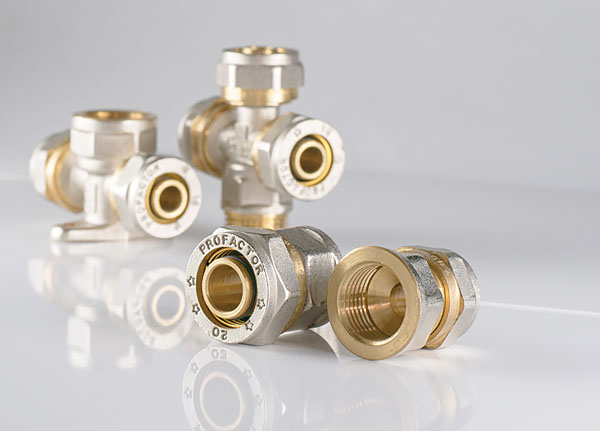
The DIN German quality standard was developed 100 years ago in Germany. The establishment that adopted this standard in 1917 was called Normenausschuss der deutschen Industrie (NADI) – the Standardization Committee of German Industry. It was just in 1975 that it was renamed to Deutsches Institut für Normung (DIN) – the German Institute for Standardization. In the same year, the DIN became a national standardization organization representing German interests on the international stage.
Since then, thanks to the DIN, the entire production base of Germany and the service sector run as smoothly as perfectly tuned clockwork. Over the decades of its active operation, the DIN’s repository has accumulated 34,000 standards. About 2,000 regulatory documents are developed annually by the institute and more than 30,000 specialists from different domains are involved in this process. Furthermore, the activity of DIN specialists are paid for by industrial companies, which themselves send their employees to the national standardization agency. German manufacturing companies thoroughly track and record consumer demand for particular products and identify market needs in introducing new products and updating existing ones. Therefore, German companies send their employees to the DIN in order to ensure that the product standards developed answer the needs of clients as effectively as possible.
The annual budget of the DIN non-commercial organisation is EUR 150 million. Approximately 70% of the budget is formed by sales of the product produced by the institute, i.e. the standards themselves. There is practically no intervention by the government in national standardization affairs – its participation in the DIN’s budget is just 12%. The remaining 18% of the DIN’s budget is formed by member contributions made by industrial companies on a regular basis.

The use of DIN standards in Germany is completely voluntary! The DIN does not impose its standards on companies, but instead sells them to those companies that strive to produce competitive products. The development and emergence of each subsequent standard is hard work, and each new DIN product must be agreed to by three parties: the consumer, the industry, and the government. Only by reaching a trilateral consensus can the new standard be approved by the DIN and released into operation.
One of important areas that strictly adhere to DIN standards is the development and manufacture of plumbing equipment and systems. German manufacturers procure hundreds of standards from the DIN, which standardizes the production and allows high-quality products to be manufactured. For, example, PROFACTOR Armaturen GmbH producing the German plumbing equipment, uses more than two dozens DIN standards, which are applied separately to each part in the products under the PROFACTOR® trade mark.